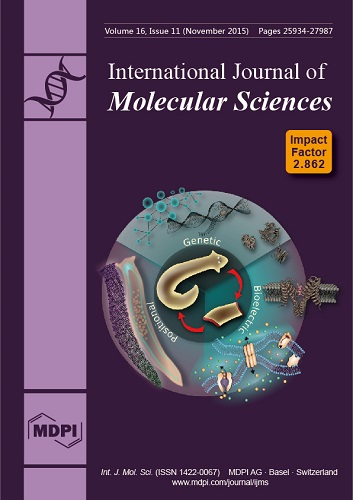To investigate the leptin related genes expression patterns and their possible function during the gonadal development in fish, the cDNA and genomic sequences of
leptin, leptin receptor (
leptinR), and leptin receptor overlapping transcript like-1 (
leprotl1) were cloned and
[...] Read more.
To investigate the leptin related genes expression patterns and their possible function during the gonadal development in fish, the cDNA and genomic sequences of
leptin, leptin receptor (
leptinR), and leptin receptor overlapping transcript like-1 (
leprotl1) were cloned and their expression levels were quantified in the different gonadal development stages of
Megalobrama amblycephala. The results showed that the full length cDNA sequences of
leptin, leptinR and
leprotl1 were 953, 3432 and 1676 bp, coding 168, 1082, and 131 amino acid polypeptides, and the genomic sequences were 1836, 28,528 and 5480 bp, which respectively had 3, 15 and 4 exons, respectively. The phylogenetic analysis revealed that three genes were relatively conserved in fish species. Quantitative real-time PCR results showed that the three genes were ubiquitously expressed in all examined tissues during the different gonadal development stages. The
leptin and
leptinR took part in the onset of puberty, especially in female
M. amblycephala, by increasing the expression levels in brain during the stage I to III of ovary. The expression levels of
leptin and
leptinR had significant differences between male and female in hypothalamic-pituitary-gonadal (HPG) axis tissues (
p < 0.05). The
leptinR had the same variation tendency with
leptin, but the opposite changes of expression levels were found in
leprotl1, which may resist the expression of
leptinR for inhibiting the function of leptin in target organ. These findings revealed details about the possible role of these genes in regulating gonadal maturation in fish species.
Full article






